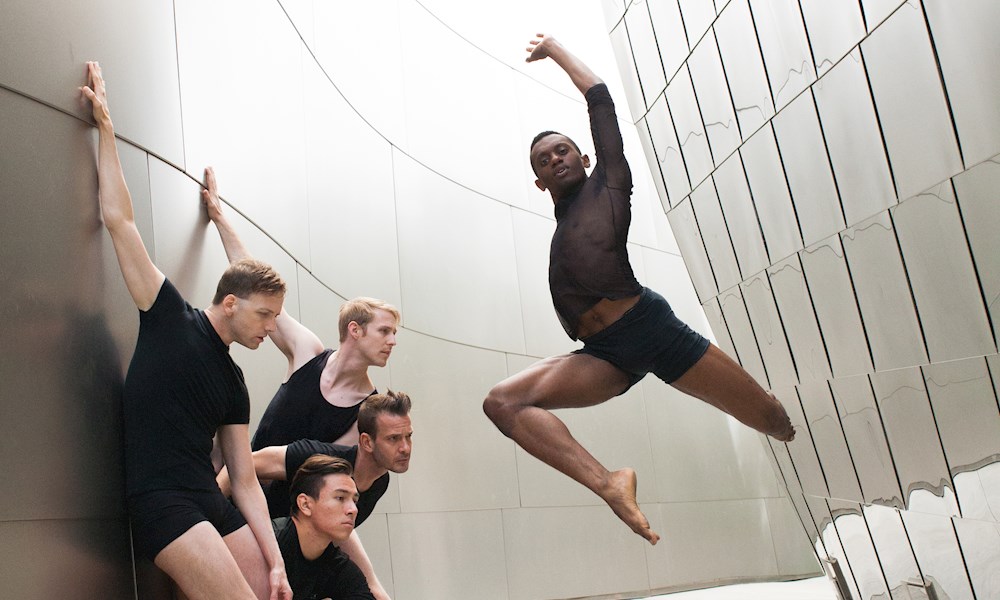The Top 40 Most Arts-Vibrant Communities in the U.S. (2020)
Zannie Giraud Voss, Glenn Voss and Rebecca Johnson, with Kady Epley

Executive Summary
For the sixth consecutive year, SMU DataArts, the National Center for Arts Research, is pleased to provide the Arts Vibrancy Index Report, which draws upon a set of data-informed indices to recognize arts-vibrant communities across the United States.
We acknowledge and honor the fact that the COVID-19 pandemic and recent racial and social justice uprisings have altered U.S. communities in unparalleled ways since 2019, the year that data in this report draws upon. Arts and cultural organizations across the country were forced to close their doors in March 2020 due to COVID-19. Few have reopened and it is still uncertain when the remainder will be able to follow suit as of the publication of this year’s report. Many arts organizations in forced closure have adapted and served their communities’ needs in innovative ways in response to stay-at-home orders, new norms of social distancing, and protests.
So why report on arts vibrancy from a pre-pandemic time? At a moment of such considerable environmental hostility and uncertainty about the future, we offer this report as a celebration and reminder of the arts’ enduring importance, resiliency, and vibrancy. We should not forget the essential role that the arts play in fueling community development, emotional health, cultural literacy, social cohesion and integration, and creative expression.[1] Ultimately, the communal nature of arts participation will be a strength to communities hungry to come together again and affirm existential meaning after prolonged isolation, trauma, and polarization.[2] This is true for communities throughout the U.S. Arts activity in all 50 states, the District of Columbia, and each of the five U.S. territories receives support from the National Endowment for the Arts.[3] This year the U.S. Congress recognized the importance of the arts in allocating $75 million of Coronavirus Aid, Relief, and Economic Security Act funds to support nonprofit arts and cultural organizations across the country.
Every city has something to learn from others’ strengths. This report celebrates communities big and small in every region of the country that have developed higher levels of arts activity per person living in the community. Our use of the term “vibrancy” is in keeping with Merriam-Webster’s definition of the word to mean “pulsating with life, vigor, or activity,” and “resonant.”[4]
We take a data-driven approach to assessing characteristics that make up a community’s vibrancy rather than base the ranking on our own opinion about locations or on a popular vote. We assess arts vibrancy across the United States by analyzing four measures under each of three main rubrics: supply, demand, and public support for arts and culture on a per capita basis. We gauge supply as total arts providers, demand with measures of total nonprofit arts dollars in the community, and public support as state and federal arts funding. We use multiple measures since vibrancy reveals itself in a constellation of ways.
Measuring community traits is more than a counting exercise. For example, we examine the per capita number of arts and cultural organizations. All else being equal, more arts and cultural organizations means more availability of arts experiences for people to engage with in that community, as well as greater variety for people to choose from. A community with 50 organizations likely provides a greater range of options than a community of comparable population size with only five organizations, so more interests, preferences, and cultural expressions can be met.
While we stand by the robustness and focus of our approach, it is important to recognize that there are additional characteristics of vibrancy that are not captured on a national scale and, therefore, are outside of the scope of this work. To avoid bias, we intentionally exclude sources of data that are available only for some cities but not others. We openly admit that our measures of vibrancy do not capture artistic quality or the many cultural offerings that take place in organizations whose core mission lies outside of the arts such as hospitals, military bases, libraries, and human service organizations. Nor do they say anything about who participates in the arts in each community, or measure the quality of participants’ experience with art. As new rubrics and additional geolocatable measures become available on a national scale, we will continue to add them in order to capture the most unbiased and complete assessment of arts vibrancy possible. For now, we base the metrics in this report on the most reliable and geographically inclusive sources of data available.
Accompanying each community’s ranking on the metrics and measures are highlights that reflect the story of what makes it unique and vibrant. Doing so portrays the activity, life, and vigor that are reflected in the numbers. Local arts councils, arts alliances, convention and visitor bureaus, and other agencies provided these descriptions of their community’s exceptional characteristics. We thank them for their help.